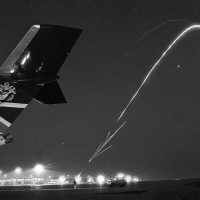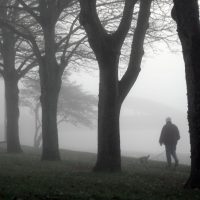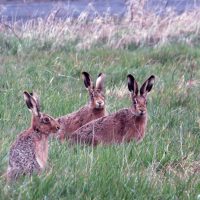HOW TO USE MIXED LIGHT
Ever wondered how to create those wonderful atmospheric photographs where golden light from a house window streams into the cold, blue light of the street? You must have seen them – National Geographic photographers use this technique all the time when taking pictures of villages or towns. It’s called mixed light photography, and advertising photographers use it when photographing hotels and guest houses. It’s a really old trick to make the place look cosy and inviting – the front door is often left open so that yellow light spills out onto the doorstep.
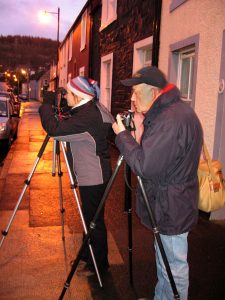
Yellows and blues combined in mixed light photography
This technique is pretty simple – provided you understand what’s happening to create all those lovely deep yellows and blues. It’s all about colour temperature and ‘mixing’ the high temperature blue light of dusk with the low temperature yellow light of interior tungsten lighting.
Think what happens at sunset – you take lots of colourful pictures with lovely oranges and reds in the sky. Perhaps your pictures include the silhouettes of buildings in the foreground. Then the sun goes down below the horizon – the reds disappear from the sky as the sun sinks way down. It is now almost dark – twilight – so dark that people have to switch on the lights in those buildings so they can see what they are doing.
You can join a workshop to learn the technique of mixed light
Just take pictures right now!
Take more pictures right now. This is your opportunity to ‘mix’ different colours of light – yellow tungsten and blue twilight – it doesn’t last long, usually no more than 10 minutes, so make the most of it.
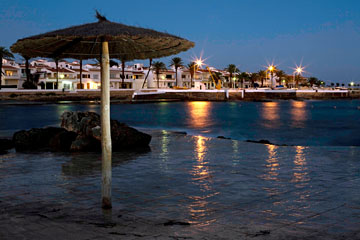
So what is happening? Well, it’s all about colour temperature, and this is measured by the Kelvin scale. You may even have a ‘K’ (for Kelvin) setting on the White Balance (WB) function on your camera. According to the Kelvin scale, normal daylight (the sun in a blue sky with a few small puffy clouds) measures around 5,500K. When it goes cloudy, the light gets bluer and climbs up the scale to perhaps 6,500K.
Normal people think of warm light as orange/red light and cold light as blue. However, photographers have to realise that the Kelvin scale works opposite to normal logic. You’ll just have to accept this, I’m afraid.
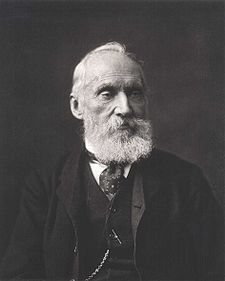
Don’t worry about the Kelvin numbers
The nice thing is you don’t have to bother with these numbers if you don’t want to. Just set your WB to the ‘Sunny’ icon and shoot away. By locking it on the ‘Sunny’ icon, you will intensify both the yellows and the blues. But experiment. Every situation is different and you may find you get better results by using the Auto White Balance (AWB) setting.
TWO TOP TIPS FOR MIXED LIGHT PHOTOGRAPHY
If possible, put your camera on a tripod or rest it on a firm object. This is because you will need to use a slow shutter speed to capture the ‘mixed’ light of twilight. Come on – it’s going dark!
Twilight does not last long – so set up your camera beforehand and be ready.
If you’d like to put all this technique into practice, you can join me in Shrewsbury at 7.30pm on the evening of April 21st 2018 for an evening Photography Workshop covering the wonders of ‘Mixed Light’ photography.
